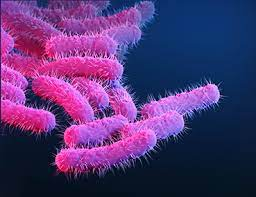Shigella, also known as bacillary dysentery, is a genus of bacteria of which four species cause disease in humans: Shigella dysenteriae, Shigella flexneri, Shigella boydii, Shigella sonnei.
Shigella is highly infectious and is transmitted easily from person to person.
Individuals should be considered infectious for 48 hours after cessation of symptoms.
